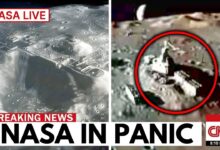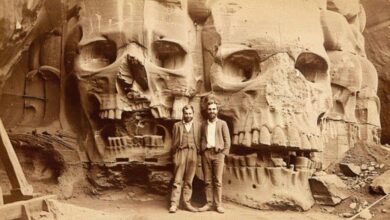We Just Found Something In the Amazon That Rewrites History
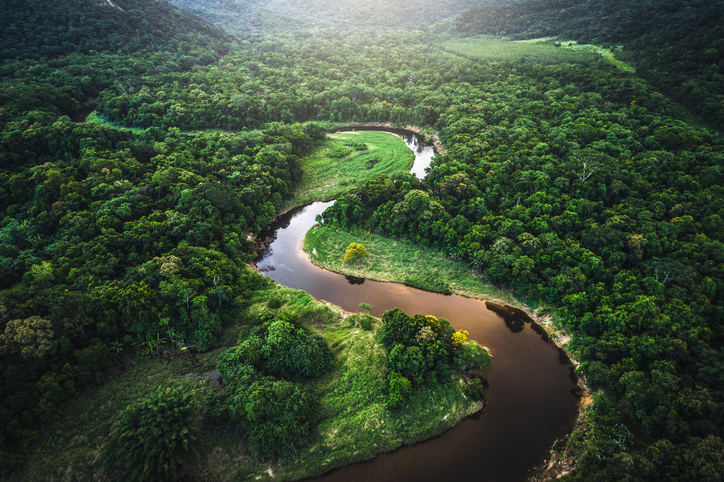
Here is a more detailed analysis of the passage regarding the mysteries of the Amazon, highlighting important aspects and historical context, as well as relevant modern research:
### 1. **Introduction to the Amazon Forest**
– **Initial setting**: The passage opens by highlighting the strangeness of the shapes on the ground, such as circles and squares, suggesting that the area was once inhabited by humans. This creates an atmosphere of mystery and stimulates curiosity.
– **Popular belief**: The long history of the Amazon is often associated with the image of a deserted land, with no permanent human presence, but only nomadic tribes.
### 2. **Amazon Forest Size and Characteristics**
– **Impressive Size**: The Amazon covers an area of approximately 2.7 million square miles, making it the largest rainforest in the world, spanning several countries including Brazil, Peru, Colombia, Venezuela, Ecuador, Guyana, Suriname, and Bolivia.
– **Biological Characteristics**: The Amazon is known for its rich ecosystem, containing millions of species of plants and animals, many of which remain undiscovered. This adds to the mystery of the region and suggests that it may have been home to many undiscovered civilizations.
### 3. **Amazon Perception History**
– **European Perception**: When European explorers first arrived in the Amazon, they found small, isolated tribes with no signs of large cities or civilizations. Lack of knowledge about indigenous societies has led to long-standing misconceptions about the region’s history.
– **The Possibility of Living in the Forest**: Questions are raised about how millions of people could live in an area that seems inhospitable to humans and lacks major cities.
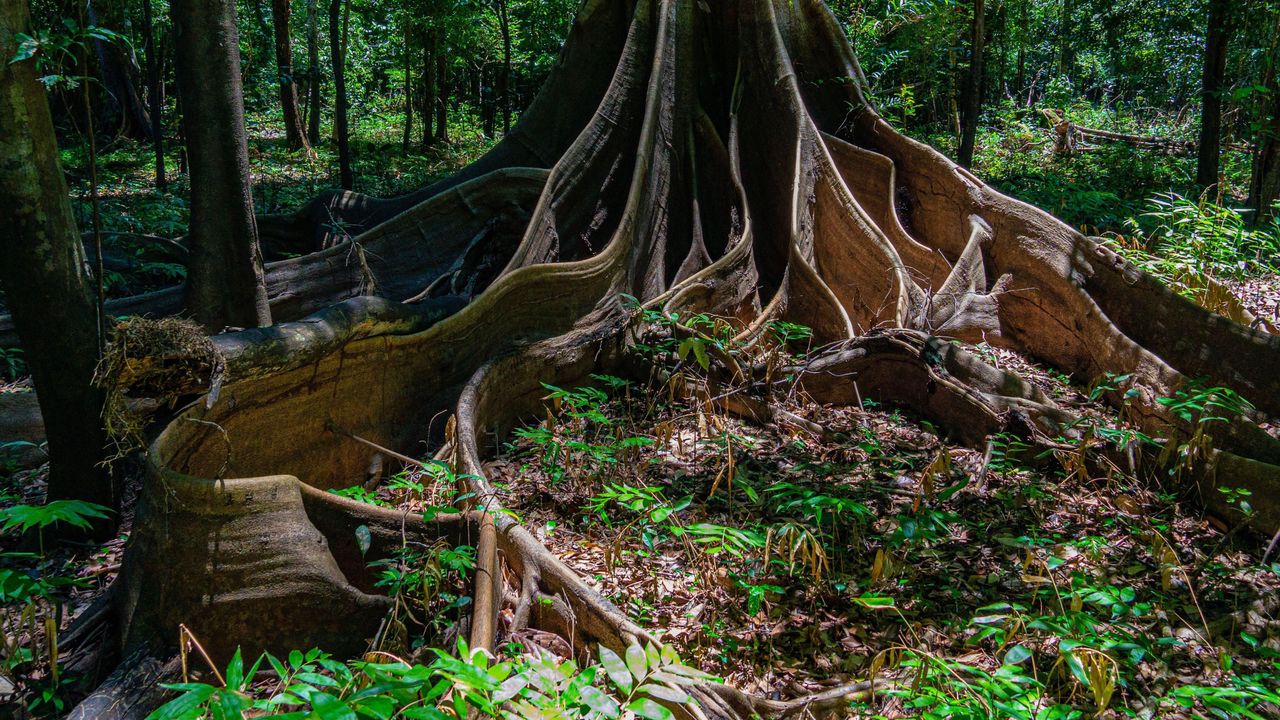
### 4. **New Technology and Discoveries**
– **Using Lidar Technology**: Modern studies using lidar technology, a laser scanning method, have revealed many structures such as platforms, canals and even pyramids. This technology allows researchers to see through the dense canopy, thereby detecting signs of civilization that once existed here.
– **Surprising Results**: These findings have raised important questions about our understanding of history and how people have lived in the Amazon without developing large-scale agriculture, contrary to traditional views.
### 5. **History of Discovery and Disappearance**
– **Francisco de Orellana**: This explorer was the first to explore the Amazon Riverbed in 1542, reporting the existence of large cities and complex civilizations along its banks. His descriptions were ignored for centuries.
– **Difficulty in Finding**: Despite information about large cities, later explorers and scientists were unable to find these cities, leading to skepticism and a refusal to accept Orellana’s descriptions.
### 6. **Pandemics and Depopulation**
– **Impact of Smallpox**: When Europeans arrived in the Amazon, they brought with them many deadly diseases, especially smallpox, which caused mass deaths among the indigenous population. It is estimated that about 90% of the population was wiped out.
– **Effects of the plague**: The drastic population decline led to the survivors abandoning their settlements, which may explain the disappearance of cities and civilizations that once existed.
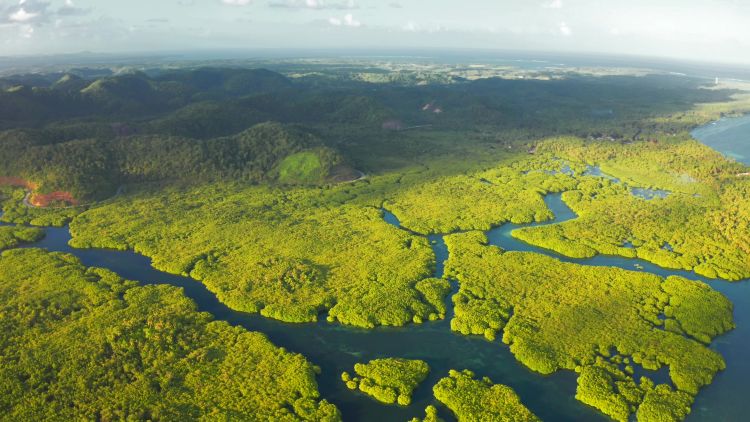
### 7. **Conclusion**
– **New discoveries**: Current research is shedding light on the history of the Amazon, suggesting that humans may have lived and thrived in the region with complex civilizations that were forgotten or unrecognized in the past.
**Importance of technology**: Modern technology is opening up new possibilities for exploring the past, thereby helping to better understand how humans lived and interacted with their environment.
### Summary
The entire passage not only explores the mystery of the Amazon, but also challenges long-standing assumptions about human history. Through the combination of archaeology, modern technology and history, we can gradually gain a better understanding of one of the most mysterious and rich regions in the world. These new discoveries can give us a deeper insight into the existence of past civilizations, as well as the challenges they faced.



